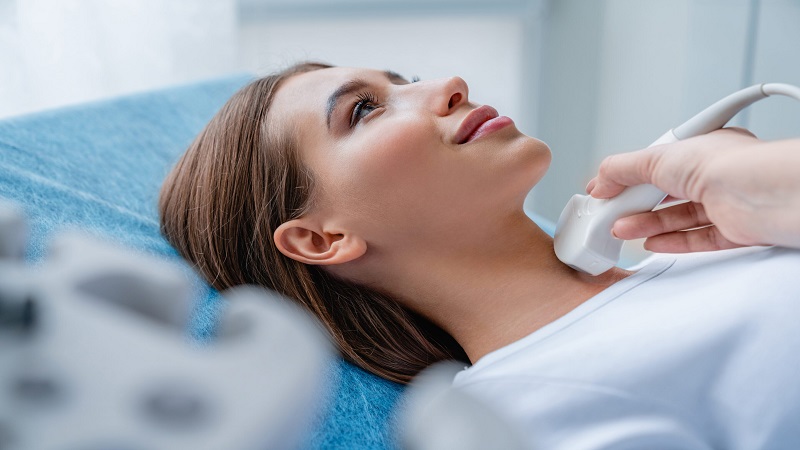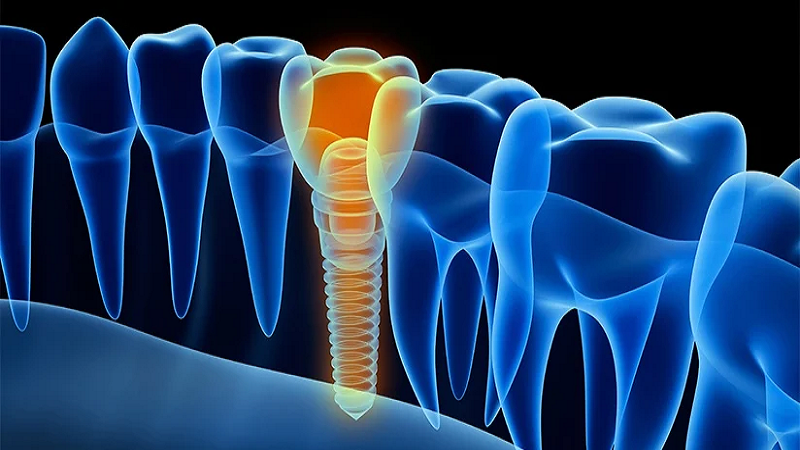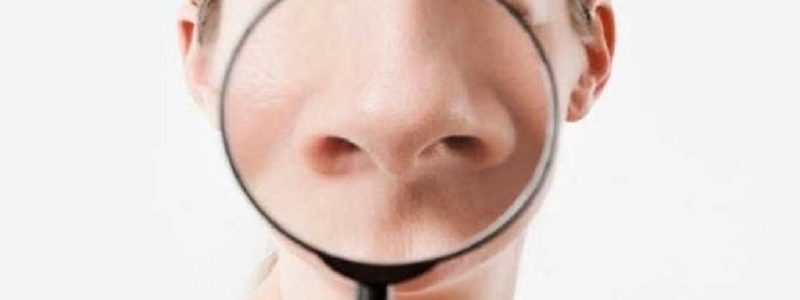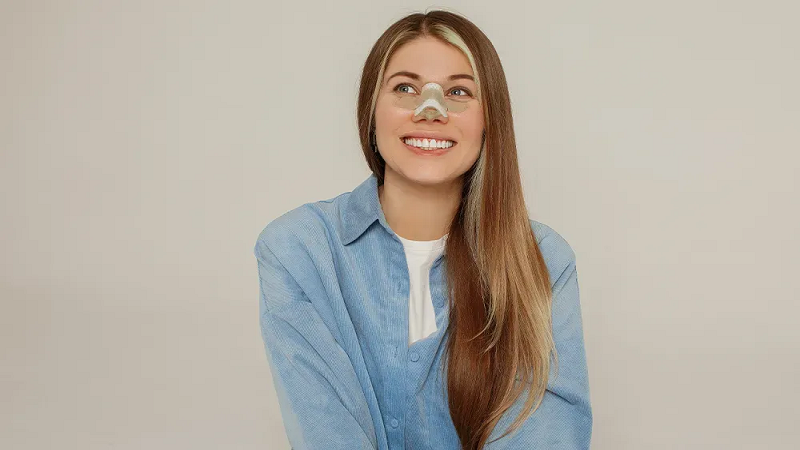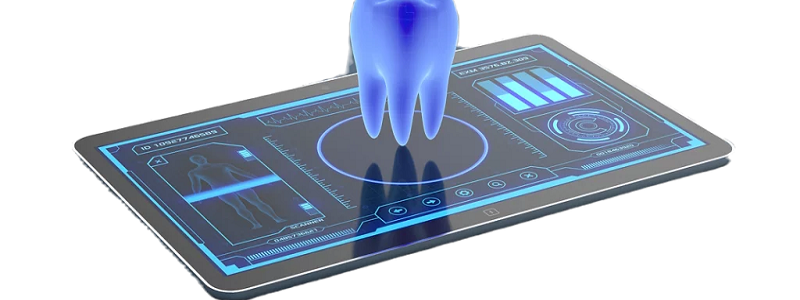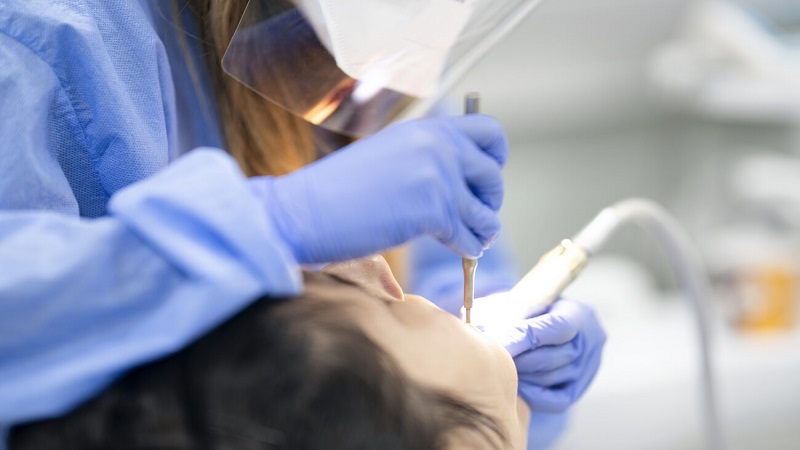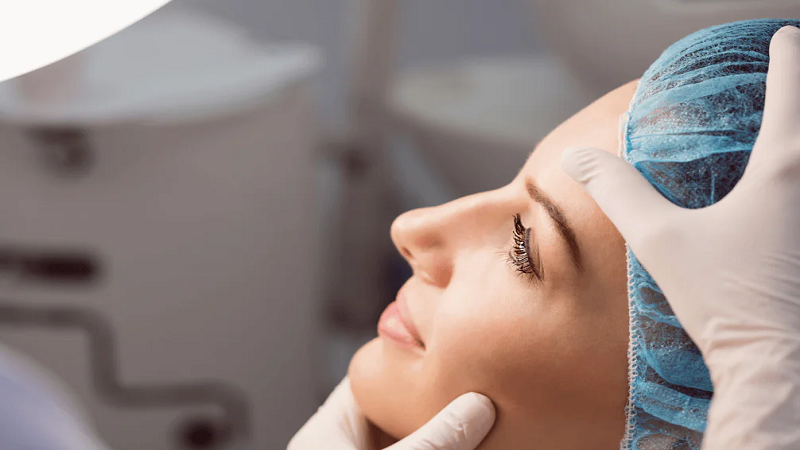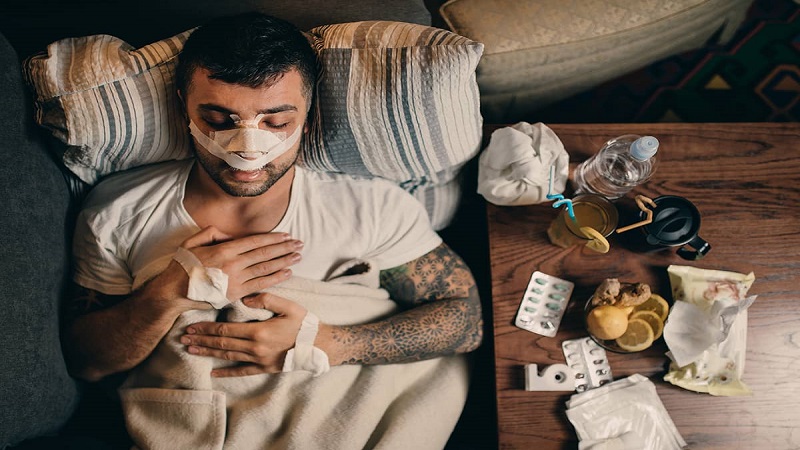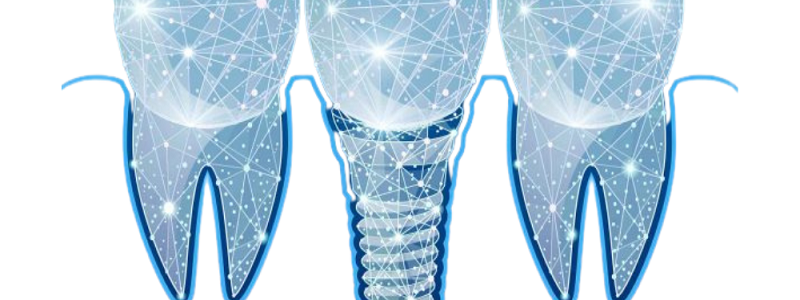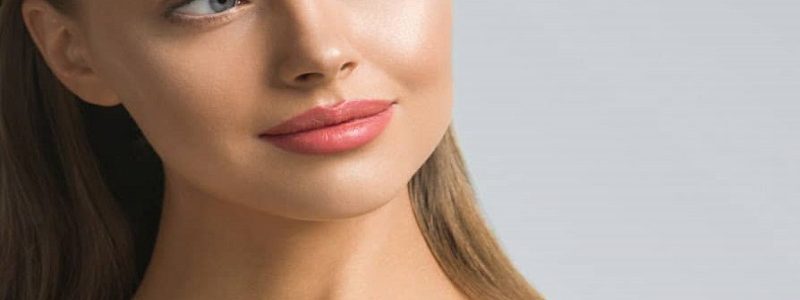Everything related to nose job
In this article, we have told you everything about reconstructive nose surgery. When we decide to have a nose repair operation, it means that we have submitted to anesthesia and a surgical blade once, but we did not get the desired result.!
Some people are not satisfied with the result of the surgery after the initial rhinoplasty for various reasons, and they do it a second time.. Secondary or reconstructive rhinoplasty is more sensitive and complicated than primary surgery. And a higher cost is also included. Because the tissue of the nose has undergone changes in the initial surgery, and this problem makes the surgeon's work more difficult.
It is good to know that in some cases, the defects resulting from the initial surgery are milder and milder, in which case the defects are corrected using local anesthesia, so-called outpatient nose repair.. For example, if the hump of the nose is not completely removed, the doctor will file the nose in the office without the need for anesthesia.. But in some cases, the severity of defects and complications caused by primary surgery are so high that they cannot be solved with simple and outpatient solutions.. And it is necessary to anesthetize the beautician and perform surgery in the operating room and hospital.
It is good to know that primary rhinoplasty is the best time to fix respiratory and appearance problems. And if you haven't had your nose surgery yet, you should be very careful in choosing your doctor. But if you have had an unsuccessful nose job and the initial nose surgery did not bring you the desired result, you can fix these defects with a reconstructive nose job..
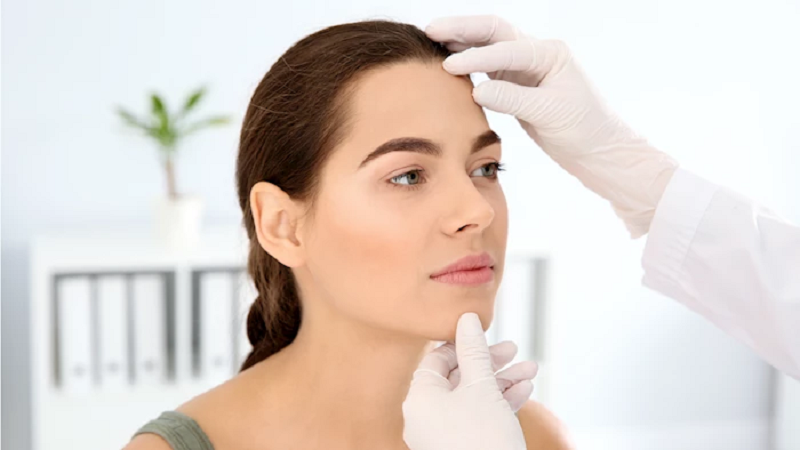
Be with us with reading and informative content Dr Behnam khorami Isfahan nose surgeon – Jaw surgeon of Isfahan :
- How do wisdom teeth affect other teeth?
- Best of nose surgery Dr Behnam khorami
- What is the use of an immediate implant?
- Dr Behnam khorami The best jaw surgeon in Isfahan
- Bone grafting in dental implant implantation
When does the operated nose need to be repaired?
In some cases, after the initial rhinoplasty, the defects and defects of the nose may not be completely resolved. Or, in the case of using a non-surgical surgeon, the nose is affected by appearance and breathing problems, or even damaged and deformed as a result of an accident.. In this situation, reconstructive nose surgery is needed to correct the defects. In the following, we explain some of the cases that cause the nose to need reconstructive surgery after the initial operation.
1-Trouble breathing
Sometimes, due to the lack of skill of the doctor, damage may be done to the structure of the nose and the beautiful breathing in the primary nose surgery. In these situations, problems such as closing the nasal passages and blocking the nasal cavities, making noise while breathing, snoring in sleep and wheezing while breathing occur for Zibajo..
2- Drooping tip of nose
In some cases, especially for fleshy noses, due to the weak cartilage structure, the surgeon needs to strengthen the nasal cartilages.. But if the doctor is not skilled enough in this work, the tip of the nose will droop after a while.
3- Inappropriate and abnormal appearance of the nose
To get the best results in nose surgery, we must choose a doctor who has also benefited from the science of aesthetics. and can determine which is the most suitable nose shape for your face. If, due to ignorance, the surgeon chooses a nose shape for Zibajo that is too artificial or does not suit him, he will need to undergo surgery again..
4-Lack of symmetry of the nostrils
One of the most common defects after primary nose surgery is the unevenness and asymmetry of the nostrils. It is an unreasonable request that the nostrils are perfectly symmetrical. But a skilled surgeon can make the nasal cavities similar to each other to a great extent. If this asymmetry is severe, the beautician will have to have a reconstructive nose surgery.
5-Deviation and tilting of the nasal septum
Sometimes, due to the doctor's absence or the lack of proper care of the beautician after the operation, the nasal septum may be crooked or deviated.. One of the reasons that can cause the bone to tilt is trauma to the nose after surgery.
6- Remaining hump nose
As we said, sometimes after the initial operation, the hump of the nose is not completely removed. If the amount of remaining hump is high, you should seek the help of reconstructive surgery of the nose.
7- The nose and tip of the nose remain large
It is possible that if the doctor is not skilled, the size of the nose after the operation has not decreased to the desired size of the beautician. Rhinoplasty helps to solve this problem.

Complications and risks of nose reconstruction surgery
Nose reconstruction surgery is much more sensitive than the initial operation and is associated with more risks and complications. In the following, we will discuss the complications of nose reconstruction surgery :
- In the reconstructive operation, the intranasal tissue shows more severe reactions compared to the initial surgery.
- Reconstructive surgery recovery time is longer. Usually this time for people with thin skin is approx 1 Sal and beauty seekers who have thick nose skin 2 It takes years.
- Like most other surgeries, pain is one of the side effects of rhinoplasty. Because in this process, the surgeon sometimes makes changes in the skeleton and cartilage of the nose. And this issue causes pain after the operation. Although the doctor controls this pain by prescribing painkillers.
- Swelling is another side effect of reconstructive nose surgery, which is different for different people. To fix it, you can use cold water compresses around the nose and nasal tape.
- Bruising around the eyes is one of the common side effects of reconstructive nose surgery, which usually resolves itself with time. The reason for this complication is the settling of blood from the capillaries under the skin and it happens due to the changes applied to the nose and the state of blood coagulation..
- If the wounds and surgical incisions are not completely healed, the tissues inside the nose may stick together and so-called intranasal adhesions occur..
- If reconstructive nose surgery is performed by a non-surgical surgeon, there is a possibility of damage to the sense of smell after the operation. Of course, it should be noted that approx 3 until the 6 A week after the operation, it is possible to weaken or lose the sense of smell. Occurrence of this complication is temporary and normal and will be resolved over time, but otherwise you should see a doctor.
- Side effects of anesthetics such as sore throat, nausea and vomiting, confusion, itching and muscle pain are other things that can be mentioned..






